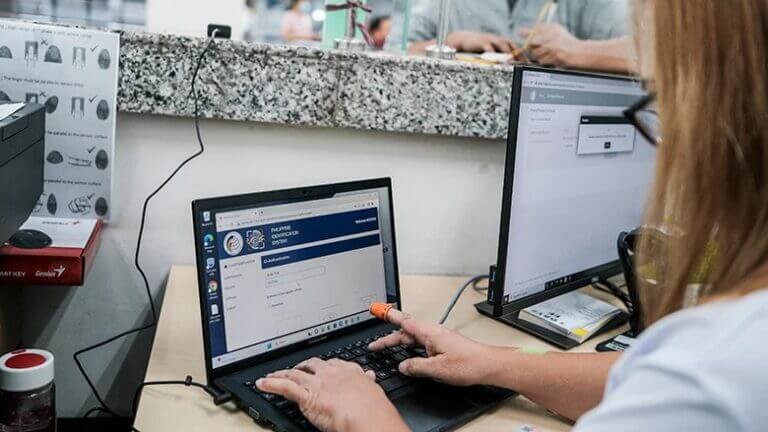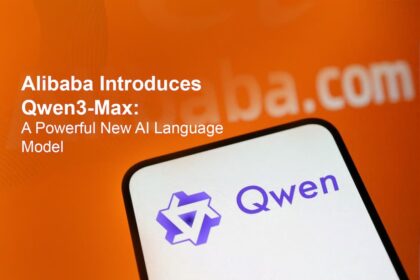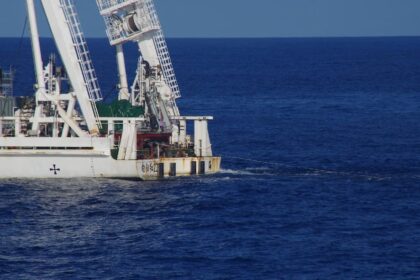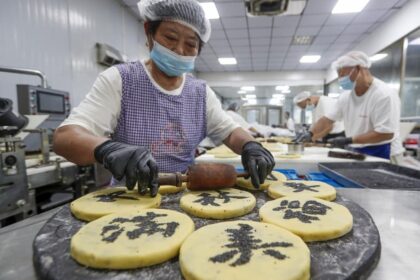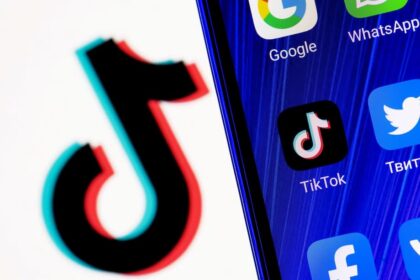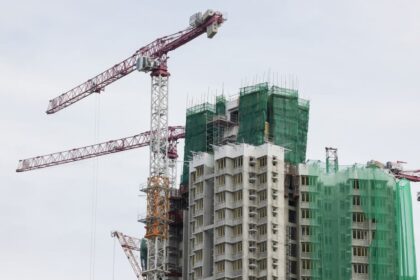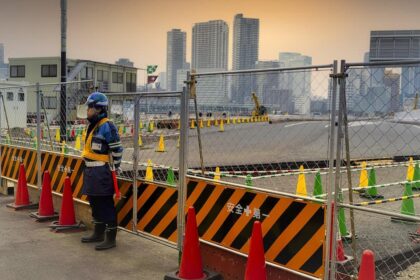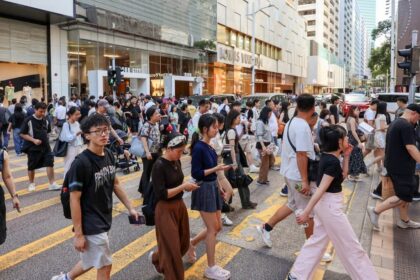Why the Philippines’ Internet Connectivity Matters
Internet connectivity is no longer a luxury—it is a fundamental driver of economic growth, education, healthcare, and social inclusion. In the Philippines, however, millions remain on the wrong side of the digital divide, with slow, expensive, and unreliable internet access, especially in rural and underserved regions. Recognizing the urgency of this challenge, the World Bank has approved a landmark $287.24 million loan to support the Philippine government’s ambitious digital infrastructure project. This initiative aims to connect over 20 million Filipinos, laying the groundwork for a more inclusive, resilient, and competitive digital economy.
- Why the Philippines’ Internet Connectivity Matters
- The World Bank’s Digital Infrastructure Project: Scope and Ambitions
- Bridging the Digital Divide: Why the Philippines Lags Behind
- Policy and Regulatory Barriers: The Need for Reform
- Security, Resilience, and Climate Adaptation
- Beyond Infrastructure: Digital Skills, Inclusion, and Economic Impact
- Challenges Ahead: Ensuring Lasting Change
- In Summary
The World Bank’s Digital Infrastructure Project: Scope and Ambitions
The World Bank’s support centers on the Philippine Digital Infrastructure Project (PDIP), a flagship initiative of the Department of Information and Communications Technology (DICT) and the National Economic and Development Authority (NEDA). The project’s core objective is to build a robust, climate-resilient, and secure broadband network that reaches even the most remote communities.
At the heart of the PDIP are three key infrastructure components:
- National Fiber Optic Backbone: A high-capacity network of fiber optic cables interconnecting the country’s regions, serving as the principal data highway for intra-country communications. The project will complete the remaining segments, linking the two main international landing stations in Baler (Luzon) and Davao City (Mindanao).
- Middle-Mile Infrastructure: Extending connectivity from the main backbone to underserved areas in regions such as Western Visayas, Central Visayas, Eastern Visayas, Zamboanga Peninsula, Northern Mindanao, Davao Region, Soccsksargen, and Caraga. This includes installing underground fiber optic cables to enhance resilience against climate and weather disruptions.
- Last-Mile Connectivity: Bringing internet access directly to end-users in currently uncovered areas, with a focus on connecting public institutions, schools, and hospitals—especially in Eastern Mindanao. Free Wi-Fi access points will be established in these facilities, paving the way for commercial operators to offer household internet services.
According to the World Bank, these investments are expected to benefit more than 20 million Filipinos, particularly those in rural and disadvantaged communities. Improved connectivity will enable better access to education, healthcare, social protection, and government services, while also empowering businesses and farmers to participate in the digital economy.
Bridging the Digital Divide: Why the Philippines Lags Behind
Despite being one of Southeast Asia’s most populous nations, the Philippines has long struggled with digital infrastructure. According to World Bank data, only 33% of households had access to fixed broadband in 2022, and just 70% of the population had an active mobile broadband subscription—both figures well below the ASEAN averages. The digital divide is particularly stark between urban and rural areas, and between rich and poor households.
For example, a resident in a remote barangay may pay significantly more for slower internet than someone in a city center. In Sorsogon, a woman named Elena spends over $1 a day just to access the internet at a computer shop, while in Butuan City, Alek pays $32 a month for a 50-Mbps fiber connection—more than many can afford, and still more expensive than in neighboring countries.
This disparity is not just about convenience. The lack of affordable, reliable internet limits access to education, job opportunities, digital financial services, and even basic government support. During the COVID-19 pandemic, the importance of digital access became even more pronounced, as schools, businesses, and public services moved online.
Comparing the Philippines to Its Neighbors
Studies by the World Bank and the National Economic and Development Authority (NEDA) show that the Philippines lags behind Singapore, Malaysia, Thailand, and even Brunei in digital technology adoption. The average mobile broadband speed in the Philippines is just 16.76 Mbps, compared to a global average of 32.01 Mbps. Fixed broadband is also more expensive, with annual charges representing 11% of per capita gross national income—twice the ASEAN average.
This digital lag is a major barrier to the country’s ambition of becoming an upper middle-income nation and achieving inclusive growth.
Policy and Regulatory Barriers: The Need for Reform
One of the main reasons for the Philippines’ slow digital transformation is its outdated regulatory framework. The 1931 Radio Control Law and the 1995 Public Telecommunications Act have not kept pace with technological advances, making it difficult for new players to enter the market and for existing providers to expand services.
The broadband market is highly concentrated, with two companies controlling 91% of mobile subscribers. This lack of competition has led to underinvestment in infrastructure and higher prices for consumers. The World Bank’s Affordability Driver Index (ADI) ranks the Philippines among the slowest countries in the world at promoting reforms for affordable broadband.
Urgent Reforms Recommended
Experts and international organizations have called for a series of urgent reforms to unlock the country’s digital potential:
- Remove the congressional franchise requirement for broadband network deployment, lowering barriers to entry and investment.
- Level the playing field for diverse market participants, encouraging more competition and innovation.
- Enable efficient and flexible use of the radio frequency spectrum, including regional licensing and spectrum auctions.
- Promote infrastructure sharing, such as co-location of telecom towers, to reduce costs and speed up deployment.
Some of these reforms are already in the legislative pipeline, but progress has been slow. The World Bank’s new loan and technical support are expected to accelerate these changes, making the market more attractive for private investment and ultimately benefiting consumers.
Security, Resilience, and Climate Adaptation
Building digital infrastructure in the Philippines is not just about laying cables. The country is highly vulnerable to natural disasters such as typhoons, floods, and earthquakes, which can disrupt networks and cut off communities. The PDIP incorporates climate data and resilience measures into its design, using climate-resilient materials, underground conduit systems, and engineering solutions to withstand extreme weather events.
Cybersecurity is another major concern. The project will deploy advanced intrusion detection and prevention systems, next-generation firewalls, multi-factor authentication, and comprehensive encryption protocols. Regular updates will address Wi-Fi vulnerabilities, and special provisions will protect against both natural disasters and cyberthreats.
Beyond Infrastructure: Digital Skills, Inclusion, and Economic Impact
Expanding internet access is only the first step. The World Bank and the Philippine government are also investing in digital skills training, digital ID systems, and interoperable data platforms. These efforts aim to ensure that all Filipinos—not just those in cities or with higher incomes—can participate in the digital economy.
According to the World Bank’s Country Partnership Framework for 2026–31, digital transformation is a key pillar for boosting private sector job growth, improving productivity in businesses and farms, promoting financial inclusion, strengthening health systems, advancing education, and building resilient communities. The CPF aims to generate 4 million new jobs, expand internet access to 19 million Filipinos, and support critical private sector projects through a $2 billion fund.
Expert Perspectives
World Bank Vice President for East Asia and Pacific Manuela Ferro emphasizes the transformative potential of digital infrastructure:
“A robust broadband connectivity infrastructure is not just a technological necessity; it’s an essential cornerstone for the Philippines to boost growth and attain its goal of becoming an upper middle-income country in the next couple of years.”
Zafer Mustafaoğlu, World Bank Country Director for the Philippines, Malaysia, and Brunei Darussalam, highlights the social impact:
“Improved internet access will help all Filipinos, especially those in remote areas of Mindanao, gain better education, healthcare, social protection, and government services. This project fosters a brighter future for lagging regions by connecting everyone and ensuring that the poorest and most vulnerable Filipinos can benefit from the power of technology.”
Challenges Ahead: Ensuring Lasting Change
While the World Bank’s investment is a significant step forward, challenges remain. The digital divide is deeply entrenched, and bridging it will require sustained political will, regulatory reform, and continued investment. The government must also address issues such as affordability, digital literacy, and the inclusion of marginalized groups, including women, the elderly, and people with disabilities.
International experience shows that public-private partnerships, universal service funds, and innovative business models can help extend connectivity to hard-to-reach areas. The World Bank’s global digital strategy emphasizes the importance of partnerships, policy reform, and leveraging both public and private capital to achieve universal, affordable, and safe internet access.
In Summary
- The World Bank has approved a $287.24 million loan to support the Philippine Digital Infrastructure Project, aiming to connect over 20 million Filipinos.
- The project will build a national fiber optic backbone, extend middle-mile and last-mile connectivity, and focus on climate resilience and cybersecurity.
- The Philippines lags behind regional peers in internet access, speed, and affordability, with a significant digital divide between urban and rural areas.
- Outdated regulations and limited competition have hindered investment and innovation in the broadband sector.
- Urgent policy reforms are needed to lower barriers to entry, promote competition, and enable infrastructure sharing.
- The World Bank’s support is part of a broader strategy to boost job creation, financial inclusion, education, and healthcare through digital transformation.
- Ensuring lasting change will require continued investment, regulatory reform, and a focus on digital skills and inclusion for all Filipinos.


